Many of the folks at AMSOIL love working on vehicles and equipment after hours and on weekends. Our Senior IT Project Manager, Mike Hudec, is one of them. By day, he ensures the AMSOIL IT Department is running properly. After work, he puts on his coveralls and heads to the garage, often to fix problems with his neighbors’ small-engine-powered equipment.
Check out Mike’s story here.
How to avoid common small-engine problems
Leaning on years of experience working on lawn mowers, rototillers, snowblowers and other equipment, Mike compiled this list of common small-engine problems and how to prevent them. His top causes for engine failure include fuel issues and inadequately preparing equipment for seasonal storage.
Buy high-octane fuel specified for small engines
Some fuel pumps at your local gas station are labeled for recreational use and dispense non-ethanol fuel. It’s best to use fuel with no ethanol to avoid degrading rubber fuel lines or gaskets if the fuel is allowed to sit in the carburetor for long periods.
Fuel with ethanol added may cause damage to your small engine’s carburetor. As always, consult your owner’s manual on fuel recommendations before you head to the pump.
Buy only enough fuel to last a month
Just because you have a five-gallon gas can doesn’t mean you need to buy five gallons of gas (unless you are going to use it fairly quickly). Gas begins to degrade in as few as 30 days. When it does, varnish and gums can form that clog fuel passages and foul the carburetor. Buy enough gas to last about a month to avoid problems with degraded gas.
Use fresh gas
If you have an inline fuel shut-off valve, close it after you are done using your equipment and run the carburetor out of gas. Just make sure to open the valve back up when you use your equipment again.
Use a fuel additive
Use an additive designed to keep components clean and stabilize fuel during short-term storage, such as AMSOIL Quickshot, in your transport gas can. Be sure to follow the recommendations for everyday use.
After your small engine has cooled down, be sure to clean it off and give it a good inspection. That way you will notice any leaks or other minor issues before they turn into major problems.
Prepare your small engines for seasonal storage
Once the season ends, drain the fuel from the tank and carburetor bowl and change the oil prior to storage.
If you leave the gas in the tank during storage, stabilize it with AMSOIL Gasoline Stabilizer, which keeps fuel fresh up to 12 months. It also fights corrosion, as the image shows.
Run the engine for a few minutes to warm the oil, then shut it off and drain the oil. Wear gloves so you don’t burn yourself. Warm oil flows faster and more completely from the sump, ensuring you get the majority out. Take your time when adding new oil to avoid over/under filling – live by the dipstick. Consult your owner’s manual for the correct viscosity recommendations.
Avoid storing equipment outside
Exposing your lawn mower, snowblower and other equipment to the elements invites water contamination and corrosion. Store equipment in a garage or shed. If you have no choice, secure a good tarp over it to prevent rain or snow from infiltrating the fuel system and causing problems.
No one likes a problem – unless, like Mike Hudec, you enjoy fixing them. To avoid small-engine problems, use the right fuel and keep it fresh, drain the fuel system and change the oil before you store it for the season – it’s all about prevention.
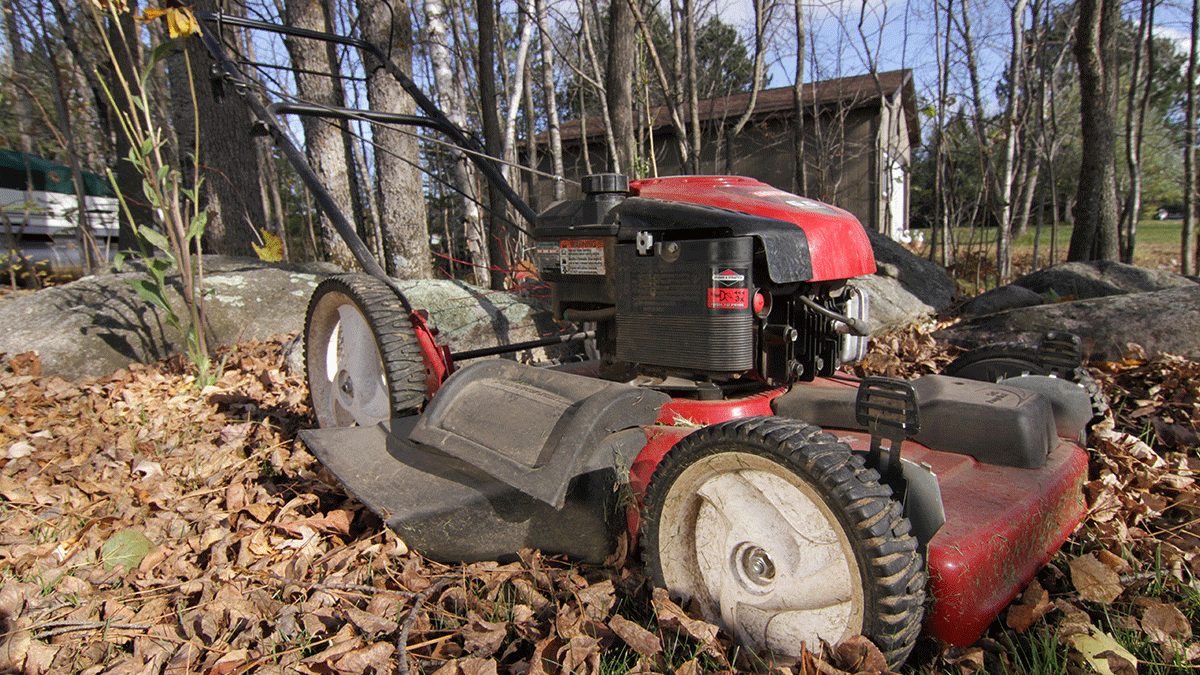
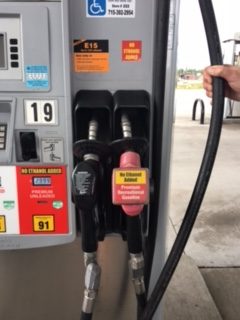
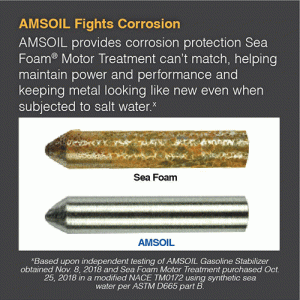
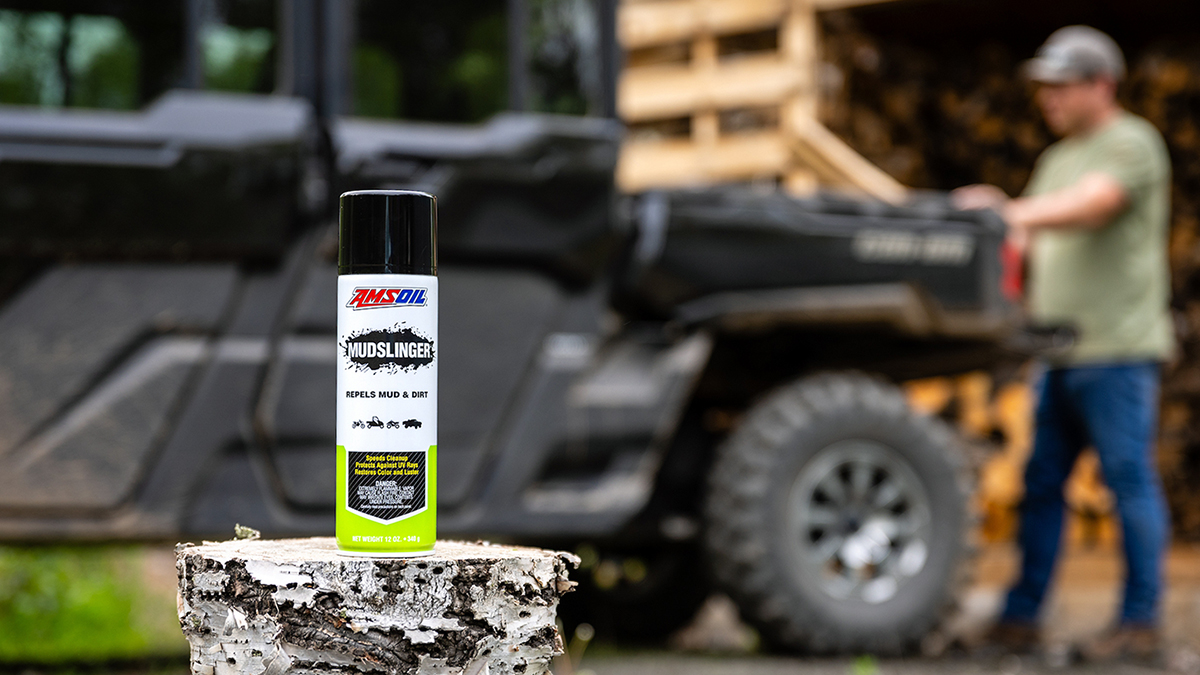
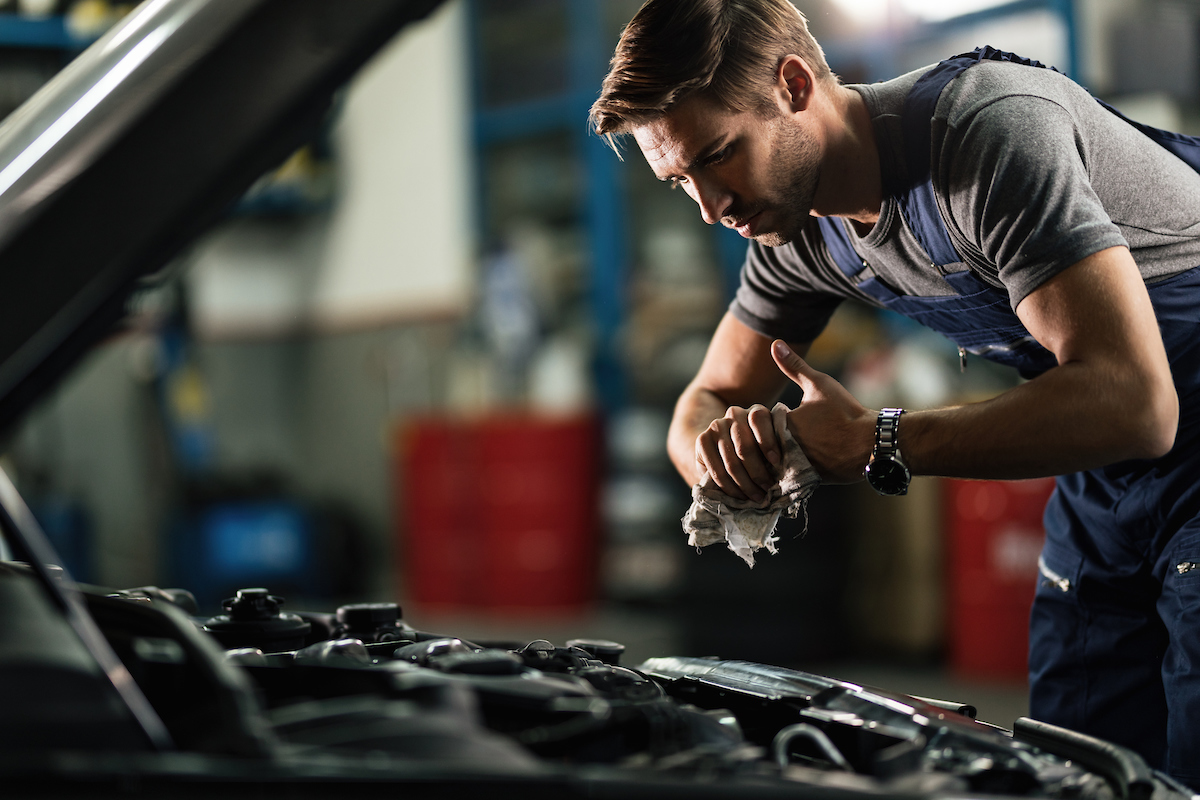
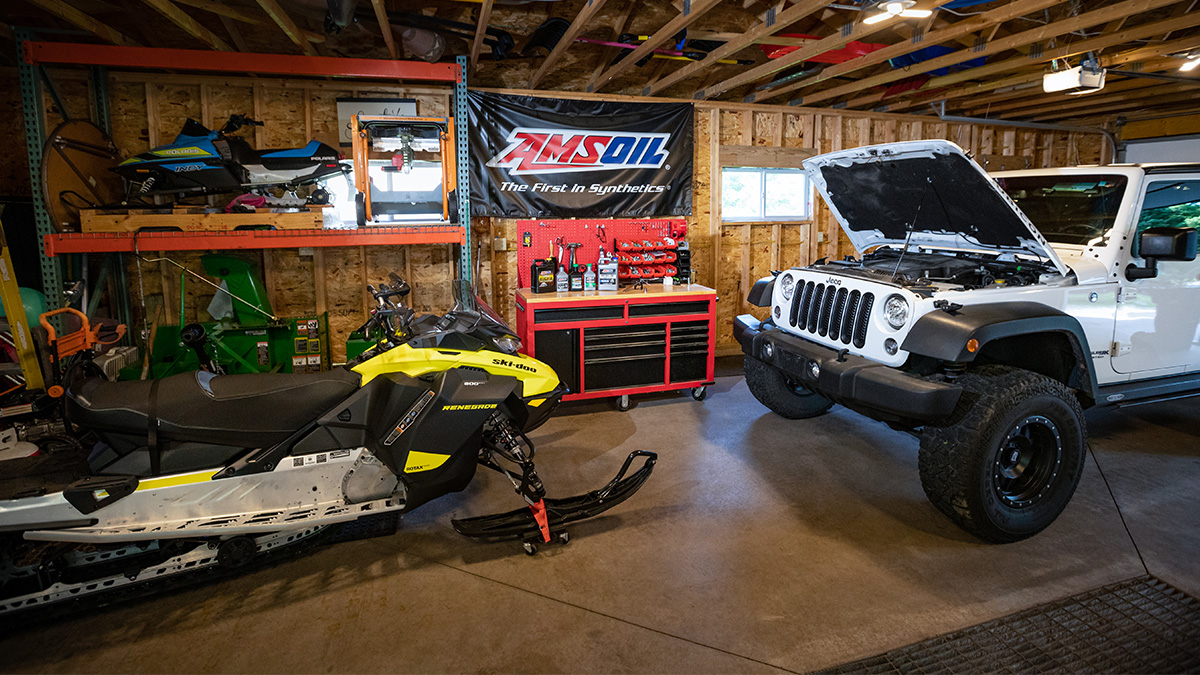
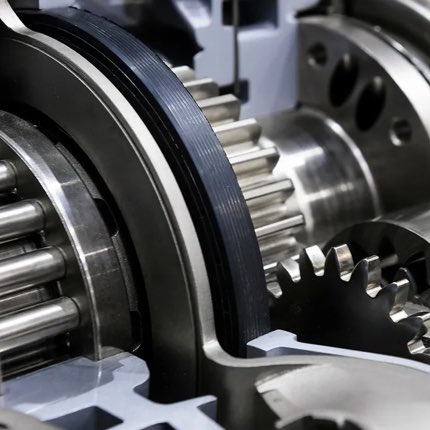
Comments
Share: